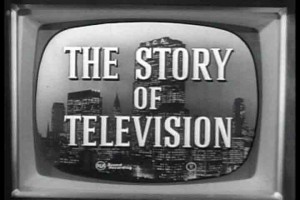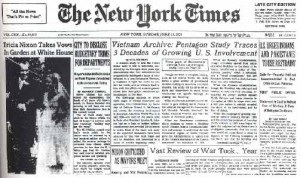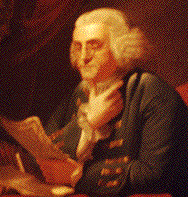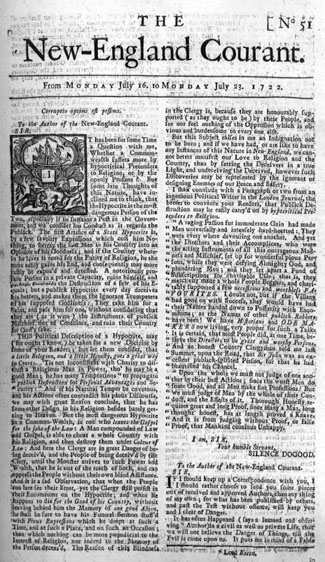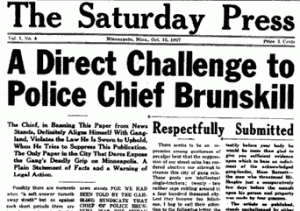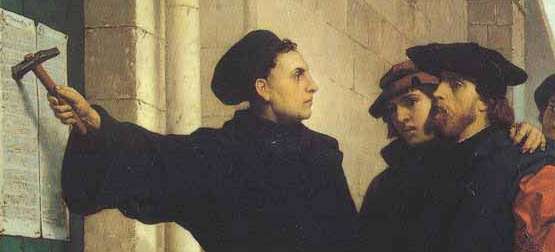After hearing Professor Klein mention political pundits in class on Thursday, I thought it would be interesting to write about Rachel Maddow, a popular political pundit who has proved to be influential in the media, especially considering the upcoming presidential election. She holds politicians accountable, like in this video where she criticizes Mitt Romney for lies about Obama.
Rachel Maddow, host of the Rachel Maddow Show, is one of the first liberal women to take a stab at political punditry. Maddow’s show first aired on September 8, 2008, and has since been named “one of the best shows of the decade” by the Washington Post. Maddow’s ability to tackle political issues and explain them in an interesting and coherent way make her show a valuable contribution to MSNBC.
She also brings a bit of humor to her show. For example, consider this clip concerning Mitt Romney and airplane windows:
http://www.youtube.com/watch?v=43z2NGHS2tI&feature=relatedMaddow is a refreshing face in a world filled with white male pundits, including Bill O’Reilly and Sean Hannity. Maddow’s show has helped place MSNBC as the main opposition to Fox News. Maddow, however, did not support Barack Obama in 2008, mentioning to the Washington Post, “I am a liberal. I’m not a partisan, not a Democratic Party hack. I’m not trying to advance anybody’s agenda.”
Her style for holding politicians accountable and stating her passion for civil rights and justice can be seen in this video concerning Todd Akin, Rand Paul, and the Civil Rights Act.


